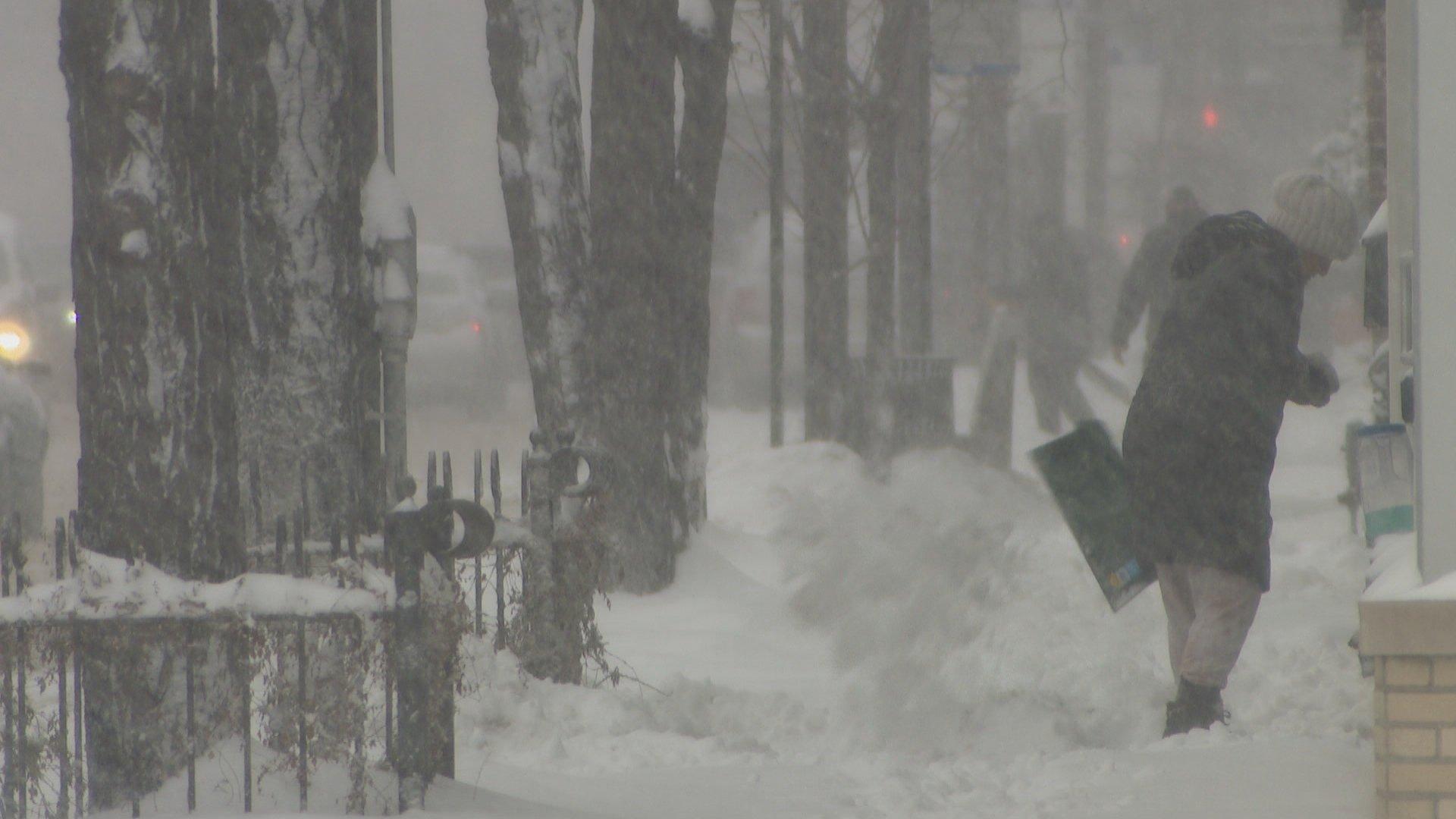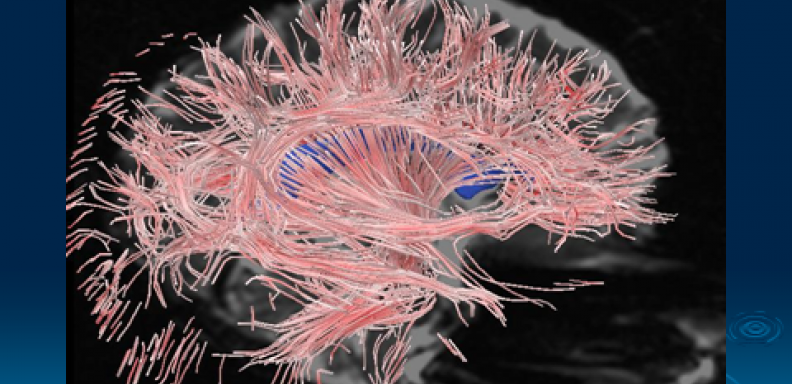Eunice Alpasan | December 12, 2023 1:07 pm

We’re at that time of year again when the sun is setting earlier and days are feeling shorter.
With the sun already setting around 4:20 p.m., it won’t be long until Chicagoans get to the fewest hours of sunlight of the year on Dec. 21 during the winter solstice. That day also marks the official start of winter.
Changes to our internal clock and exposure to sunlight might also bring out changes in our mood and behavior.
It might be the “winter blues” for some. For others, it’s more severe and can be clinically diagnosed: seasonal affective disorder, which is a form of depression that often occurs in the fall and winter when there’s less sunlight.
These changes in mood and behavior might include feelings of sadness, hopelessness, irritability or guilt, social withdrawal, fatigue and no longer enjoying activities you usually enjoy.
Changes in mood and behavior during this time of year can be common, especially in Chicago, according to Karima Shabana, licensed clinical social worker at the University of Chicago’s Department of Psychiatry and Behavioral Neuroscience.
“We see this so much in Chicago because the weather is one thing that can be very unpredictable, but a lot of months out of the year, it’s overcast, there’s not as much light,” Shabana said.
Here are some general tips and advice to help you get through this time of year, according to health professionals.
Recognize and Validate What You’re Feeling
A mixture of biological, psychological and behavioral factors in addition to cues in our environment can contribute to changes in mood and behavior during the winter, according to Sally Weinstein, associate professor of clinical psychiatry and associate director of the Center on Depression and Resilience at the University of Illinois Chicago.
“My first tip is always recognizing that these signs of the winter blues or seasonal affective disorder are something real,” Weinstein said. “This is in our biology. This is worthy of attention.”
A decrease in hours of daylight during the winter can throw off our circadian rhythms and internal biological clock that regulate our mood, energy and sleep, Weinstein said, adding that recognizing and validating experiences are the first key steps to preventing, managing and treating the winter blues or seasonal affective disorder.
Recognize Any Negative Expectations You Might Have About Winter
Negative thoughts and expectations people might have about winter can play into how people feel and behave during this time of year, according to Weinstein.
“Chicagoans, we kind of go into the winter anticipating, ‘This is gonna be such a long winter, it’s gonna be so cold, it’s gonna be so dark,’” Weinstein said. “Those expectations can have a pretty powerful impact on our mood, but also our behavior.”
Recognizing how expectations and preconceived notions about winter might be playing into our mood and behavior could help with overcoming the winter blues.
Build a Consistent Routine
During the winter, people might want to stay inside and hibernate, but health professionals say it’s important to keep a consistent routine. Weinstein recognizes that’s easier said than done.
“I think with these changes and with depression, we lose interest and motivation to do things,” Weinstein said. “We spend less time outside getting natural light, getting exercise, we kind of want to hibernate, so we’re withdrawing from activities that we typically enjoy, and that can lead to a cycle of low mood and low motivation to do more activities.”
Building a routine can look like having a consistent bedtime schedule, healthy eating and some form of exercise.
Weinstein said it can also be helpful to try to set small reasonable goals like scheduling one activity per week as a start and then build from there. Taking these small steps can help with creating a routine.
“Whether it’s something that is going to get you out of your house, that’s going to be social with friends, something that’s going to be soothing for you, something that’s going to be really active or something that’s gonna make you feel successful,” Weinstein said. “Those are all of the types of activities that tend to improve our mood the most.”
Go Outside
“Getting outside, even when it feels cold, being able to expose ourselves to nature as humans, that’s something that we need,” Shabana said. “We need to be in touch with nature, our surroundings.”
Some ideas can include just merely going outside or even going to a greenhouse in order to help with mood. “There’s so many resources in that way where we can still surround ourselves with life and light that aren’t too far away,” Shabana said.
Find Activities to Do That Are Healthy and Rewarding
“Trying to build in activities that will be healthy, that can be rewarding in itself, allow for positive transition to the fall and winter,” said Dr. Dorothy Sit, associate professor of psychiatry and behavioral sciences at Northwestern University Feinberg School of Medicine.
Some examples of activities can include going on daily walks, going to the gym, being part of a book club or movie club, doing yoga, learning a new hobby, knitting, making artwork and volunteering, Sit said.
Lean Into Ways to Connect With Others
Social connectedness can be a protective factor for the winter blues because as people spend more time staying in, it can mean less time socializing with others.
“Making plans, scheduling time with family and friends, even a brief phone call can help improve your mood both by staying socially connected, but also providing social support can positively impact our mood and our health as well,” Weinstein said. “It kind of goes both ways.”
Know When You Might Need to Seek Professional Help
Self-care and routine-building might not be enough. Health professionals recommend people seek professional help when symptoms significantly interfere with functioning.
“If you’re finding that these changes in mood and behavior are making it so that it’s really hard to get through your daily activities of living, whether that’s going to work or school or it’s interfering with relationships and you’re kind of losing touch with friends and family, that would be an important sign,” Weinstein said.
Other signs to seek professional help include drinking more coffee or alcohol to uplift mood, trouble getting out of bed and thoughts of suicide, according to Sit.
Possible treatments for seasonal affective disorder involving professional help include antidepressants and cognitive behavioral therapy specifically tailored for seasonal affective disorder. Light therapy involving the use of a clinical light box can also be used to address seasonal affective disorder.
“Light therapy can be very helpful for even moderate to severe conditions, but we really want people to be monitored when they are using a light box,” Sit said. “Rarely, the light boxes will cause side effects and discomfort, and again, we would like to have a professional monitor that outcome.”
If you or someone you know is struggling with depression or suicidal ideation, you can call or text 988 to access the 988 Suicide & Crisis Lifeline or find help online at https://988lifeline.org.
Contact Eunice Alpasan: @eunicealpasan | 773-509-5362 | ealpasan@wttw.com



